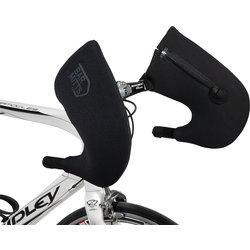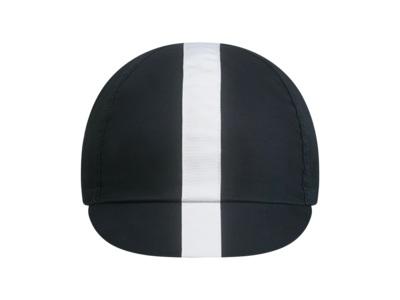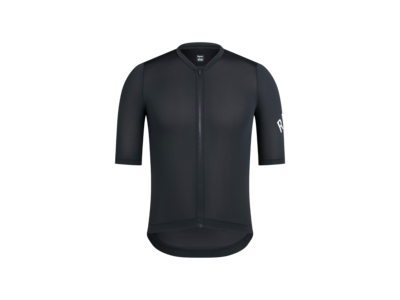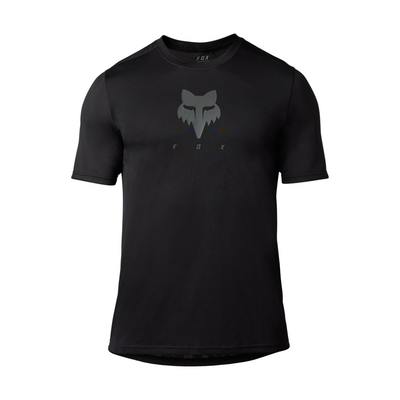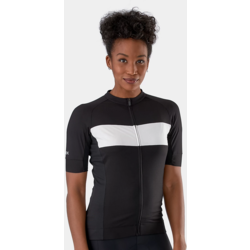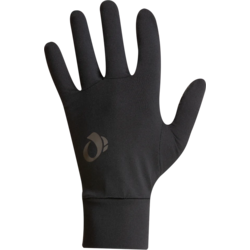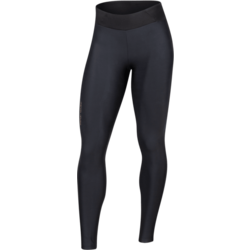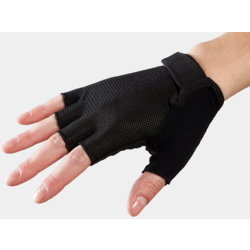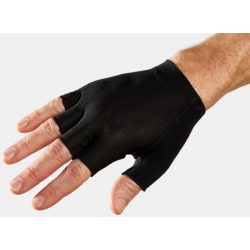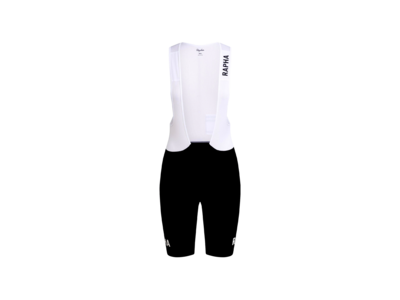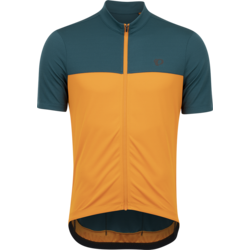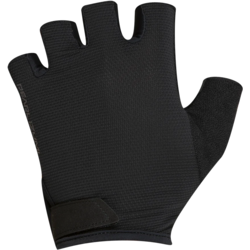DRESSING FOR THE SEASON
Triathlete tips
by Brett Nichols, pro triathlete
Brett Nichols has been working at Landry's Boston store. During his time with us, he earned his elite triathlon license and has competed as a professional ever since. In these Landry's Triathlete Tips, Brett shares what he has learned.
"In spring, over-eager cyclists see the forecast high temp in the 60s, then they get outside to find it's still 40° — and up shivering in their chamois!"
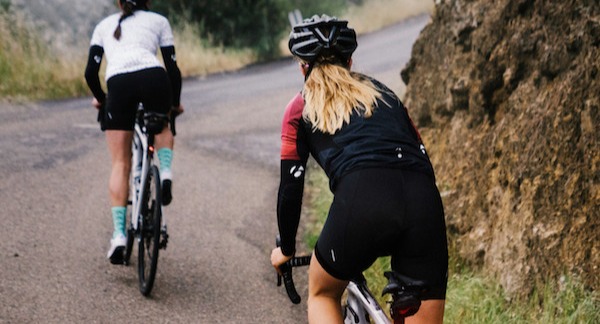
To everything there is a season…
The seasons change, seemingly constantly in New England, which can make choosing appropriate clothes for your bike ride tricky.
In spring, we’ve hit that time of the year when over-eager cyclists see the forecast high temp in the 60s, then they get outside to find it’s still 40° — and end up shivering in their chamois! I promise I’m not making fun of you, I’m speaking from experience. We often still get it wrong even with careful planning.
The summer? That’s easy — dress to stay as cool as possible. The winter isn’t that hard either — just put on layer after layer…and then one more for good measure. But it took me two or three spring riding seasons to get to a point where I could consistently dress correctly for the changing weather.
Cycling clothing suggestions — for any temperature
Such unpredictability can be daunting, and figuring out what to wear can be one more obstacle to your motivation on a chilly morning. To help eliminate any kind of guessing from the process, I’ve put together a temperature chart (see below) to help you dress appropriately for the weather. Please note that this chart is based on my personal preference of keeping a little chill while I ride. If you prefer to ride warmer, you might want to start adding some of these layers a bit earlier than I do.
Just keep in mind that when it’s cold, sweat is the enemy. If you dress too warm, then an hour into the ride you’ll have gone from being sweaty to being a human ice-cycle. And if you choose to ride in cotton (note: DON’T!), you’re dooming yourself to misery in any temperature! Look for wicking materials, such as synthetics and Merino wool, which pull moisture away from the body. There may be some figuring out to do for your personal preferences, but I hope this kick-starts the process.
60°+ Regular Summer Gear
- Bib shorts, jersey, cycling socks
- Helmet, sunglasses, cycling cap (optional, but not above 80°)
50–60° Regular Summer Gear plus
- Arm and knee warmers
- Cycling cap can be nice, especially for an early morning ride
40–50° Regular Summer Gear plus
- Replace arm warmers with a base layer and thin gloves
- Replace knee warmers with a lightweight tight
- Sticking a windproof vest in your pocket is also a good idea
- Toe covers when it’s below 50° and warmer socks below 45°
30–40° Thermal Everything
- Replace lightweight tights with thermal
- Replace jersey with long-sleeve thermal top (if not windproof, bring that vest)
- Replace toe cover with thermal shoe covers
- Thermal gloves
- Thermal cap/something to cover your ears
20–30° More Layers!
- Wool socks, toe warmers, and shoe covers
- Lobster-claw gloves (regular gloves don't cut it for me)
- Thermal and windproof top over at least one base layer (probably two base layers)
10–20° Not for the thin-blooded
- Double up on the tights (lightweight and thermal)
- Add a second or third base layer under your thermal/windproof top layer
- Consider investing in winter cycling shoes
- Thin gloves under your lobster claws
- A ski helmet and goggles — not a bad idea
Single digits or colder
You're braver than I am!
Cycling apparel at Landry's
Check out Landry's clothing selection on our website. Landry's store staff can also assist you in choosing cycling clothing for your riding style in any season.

